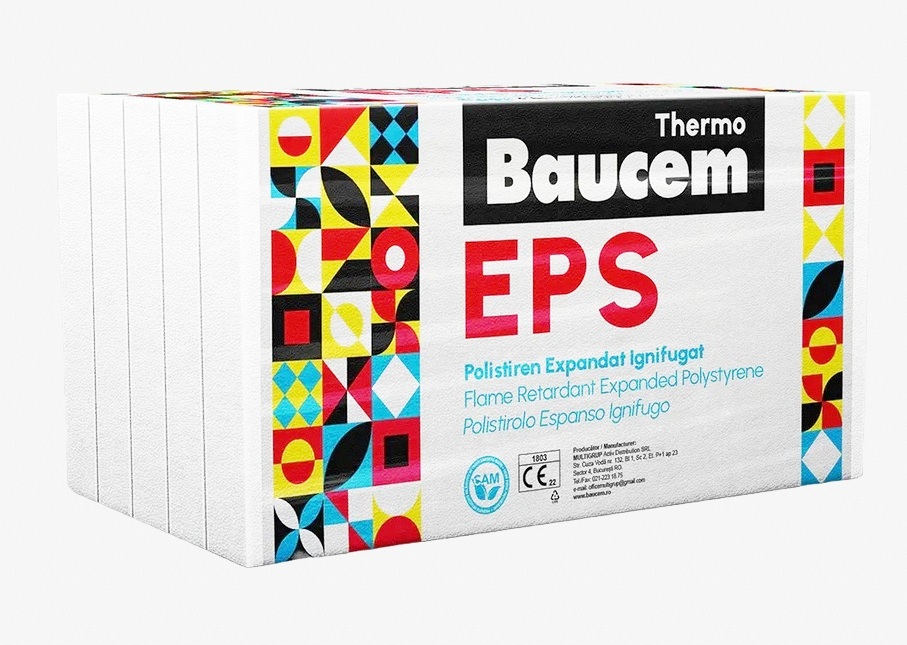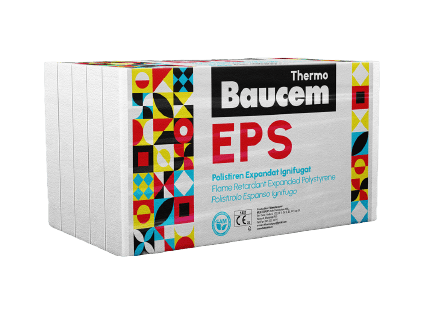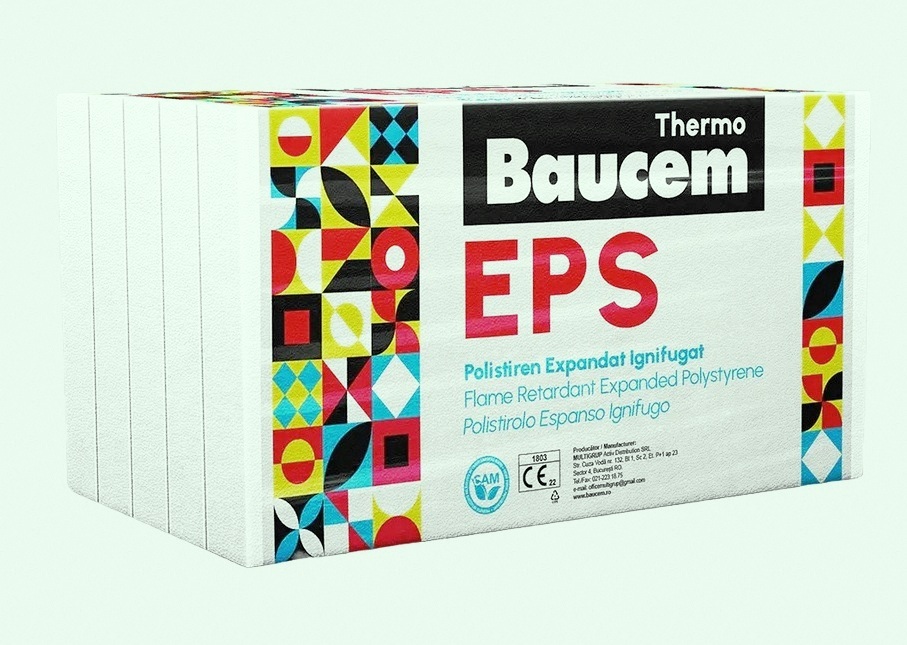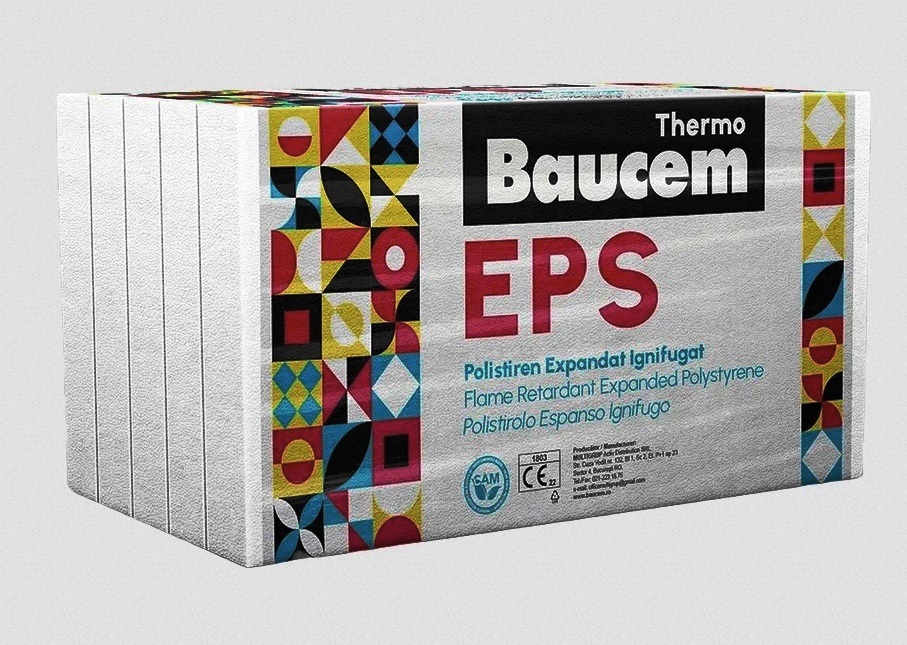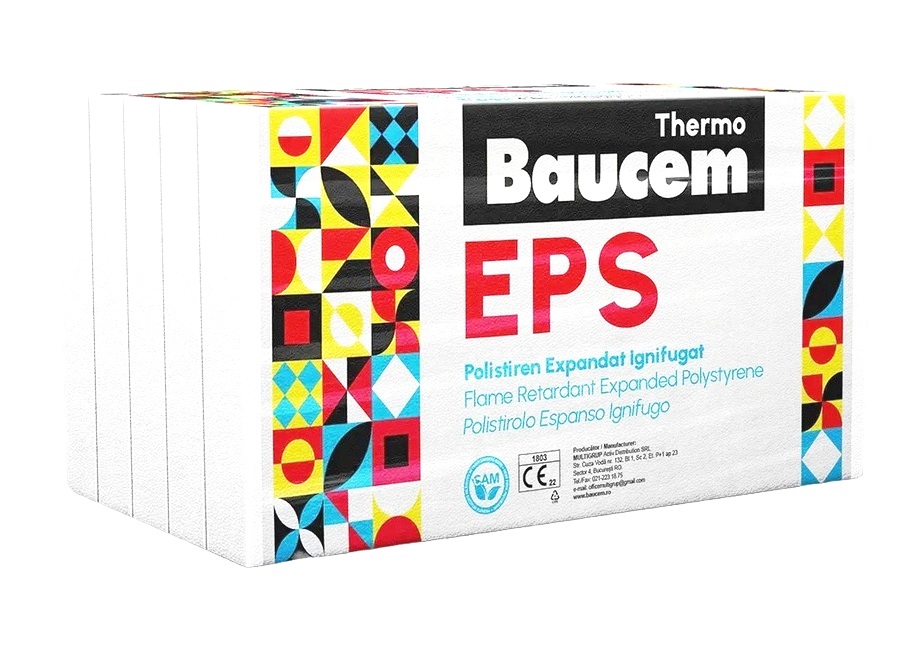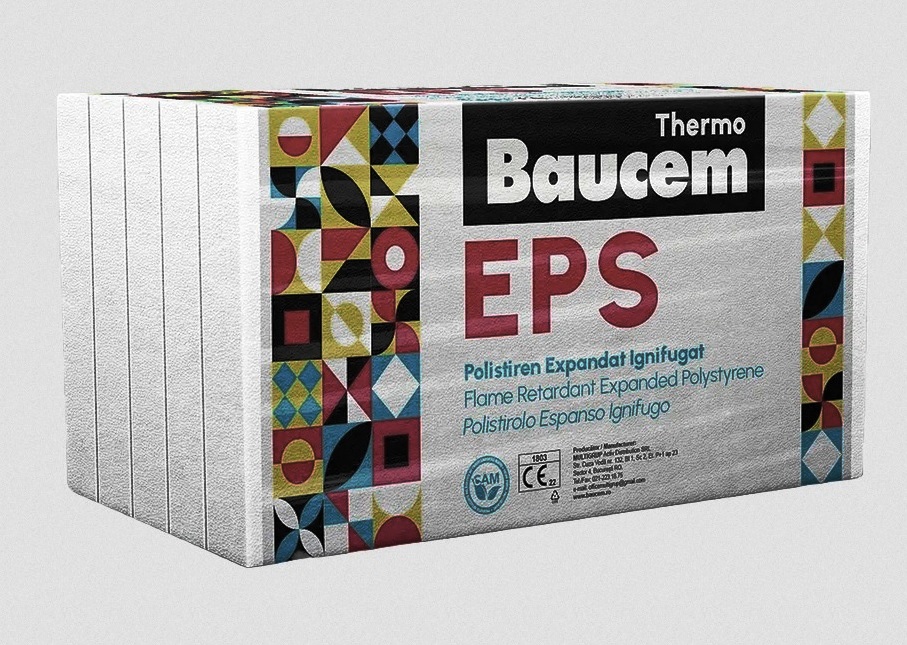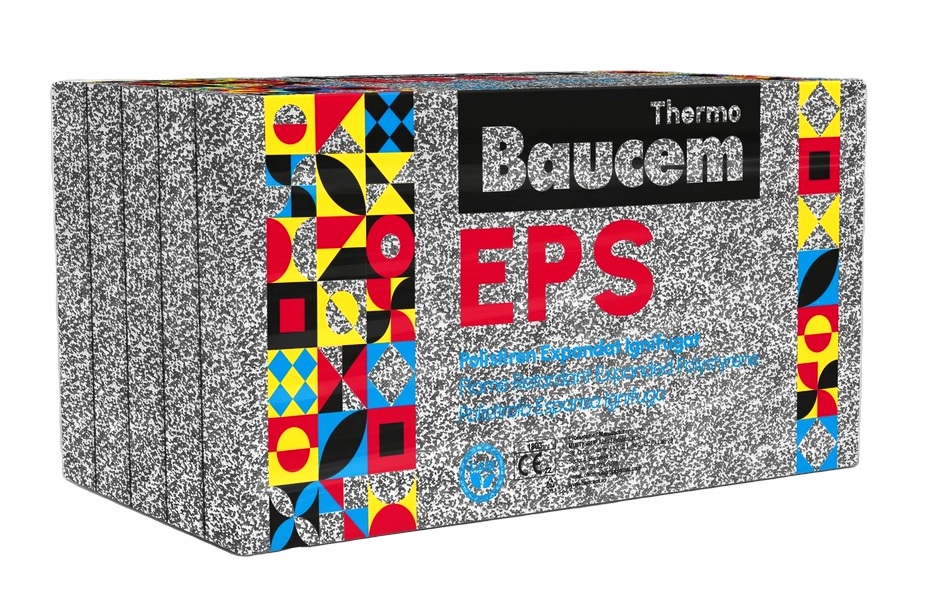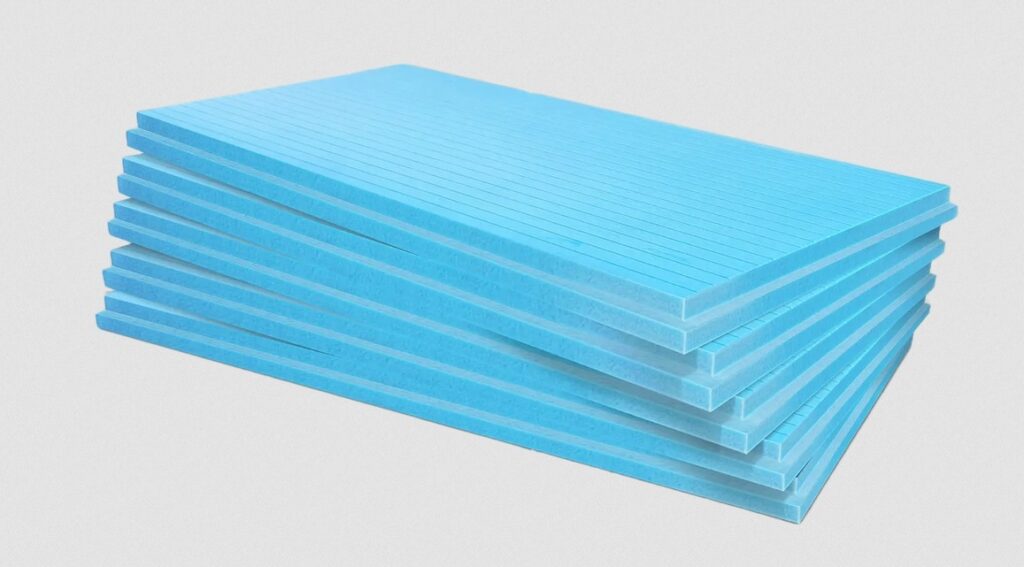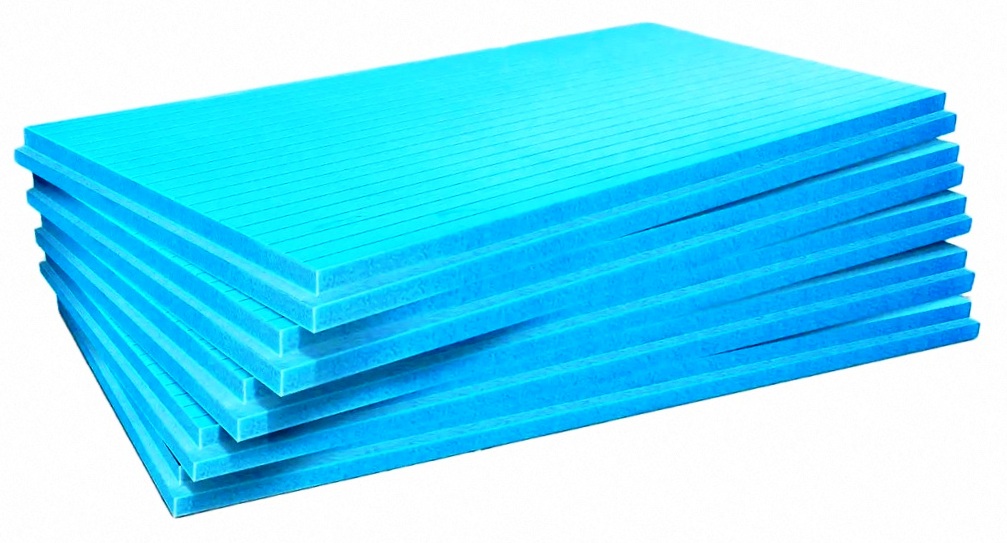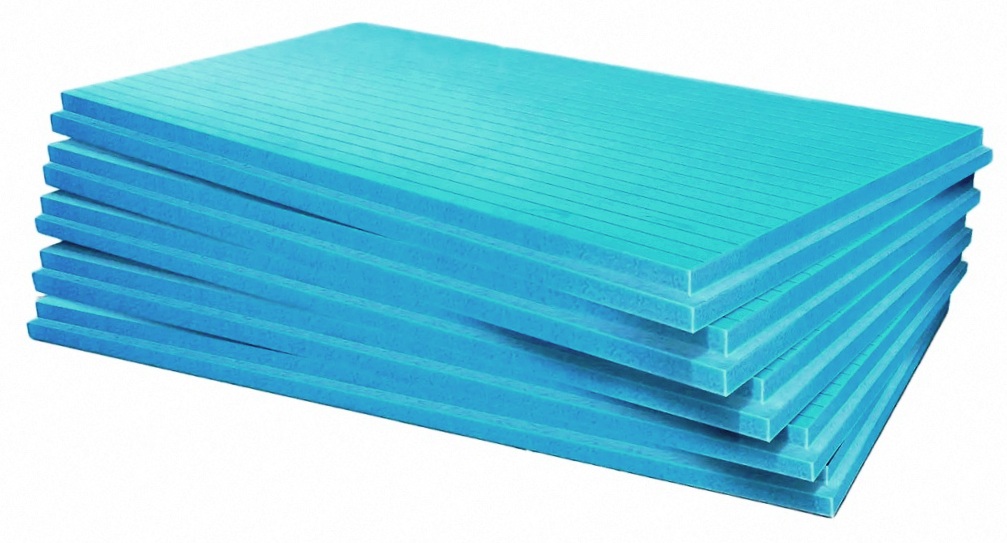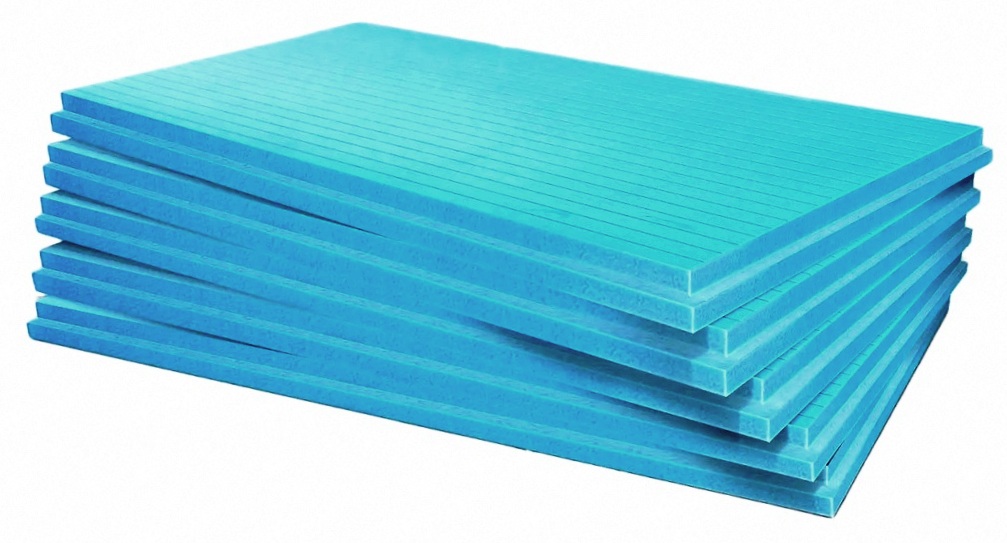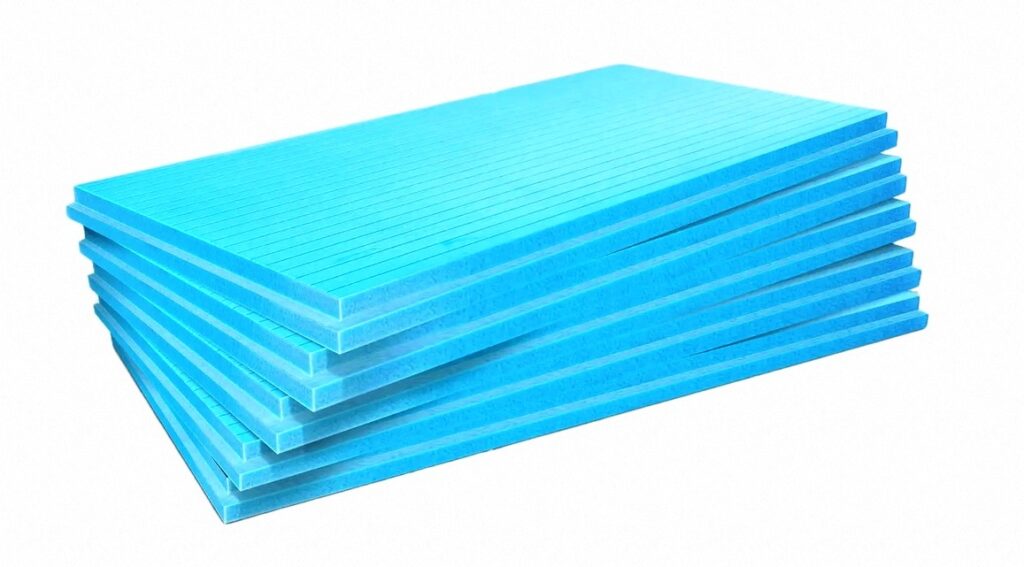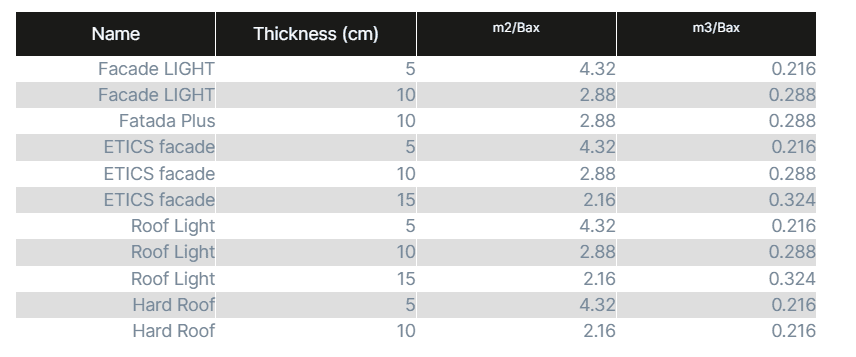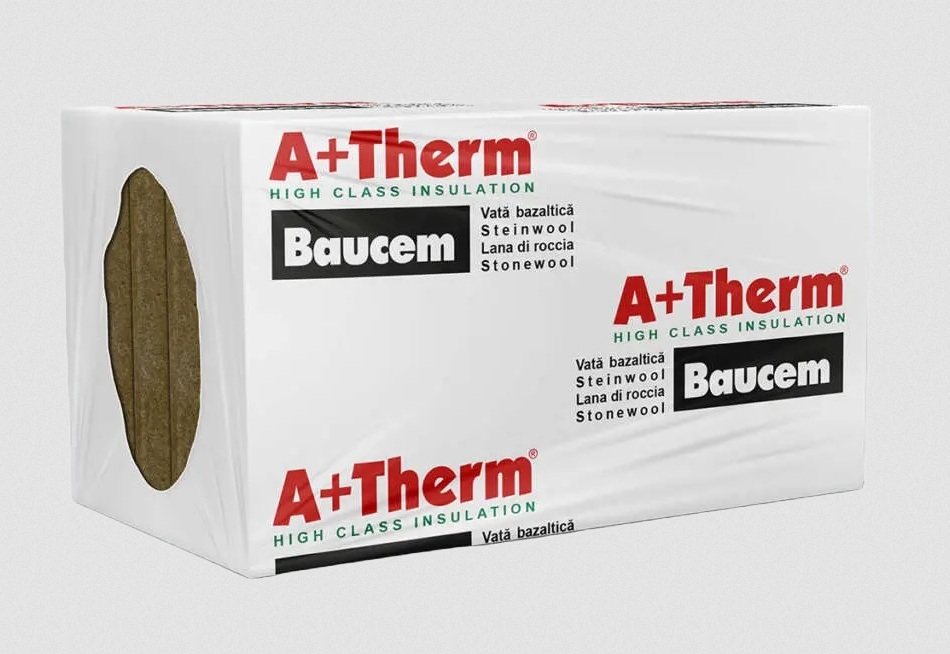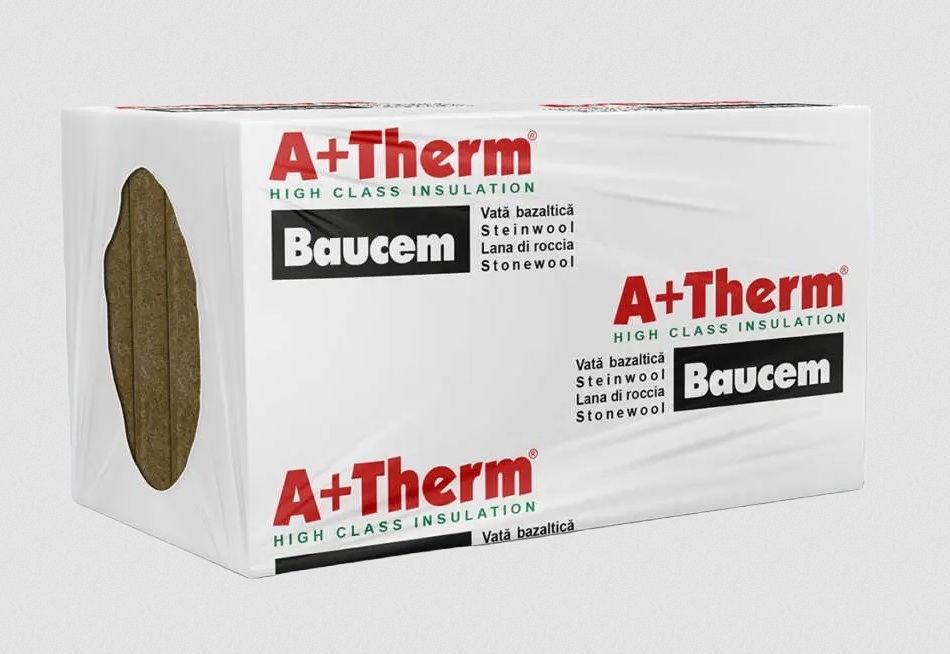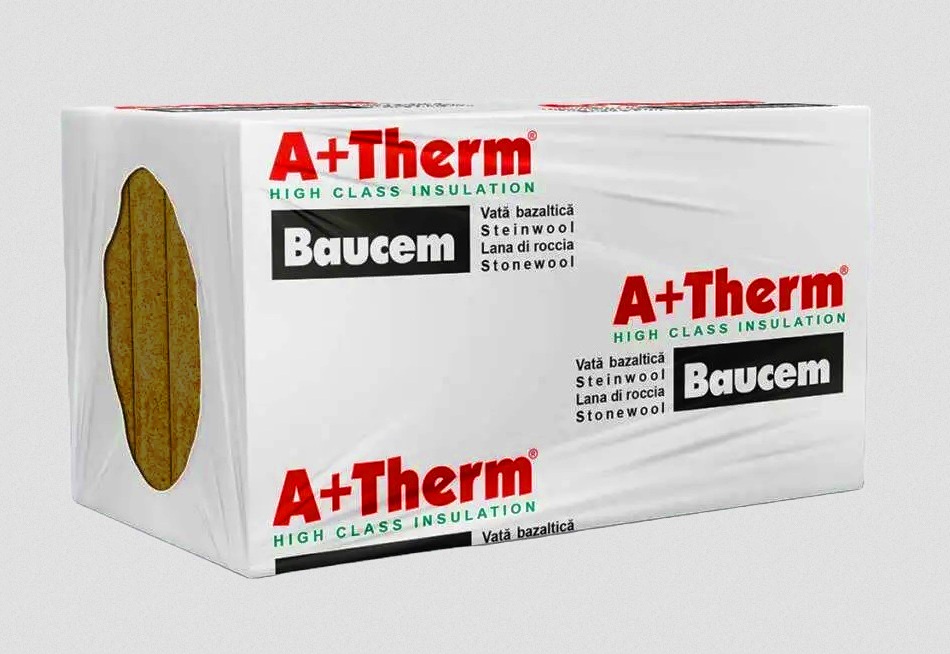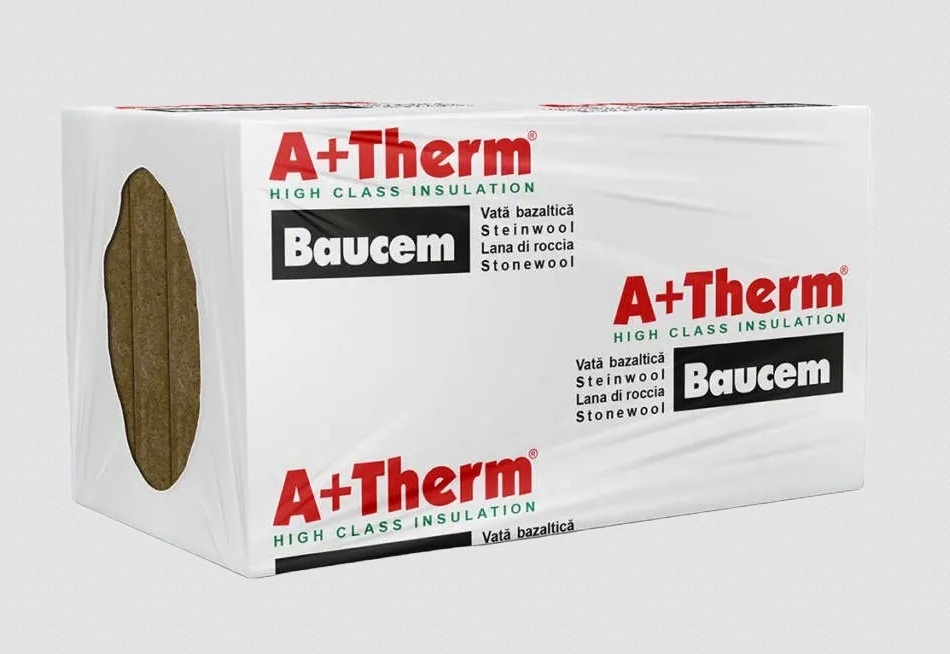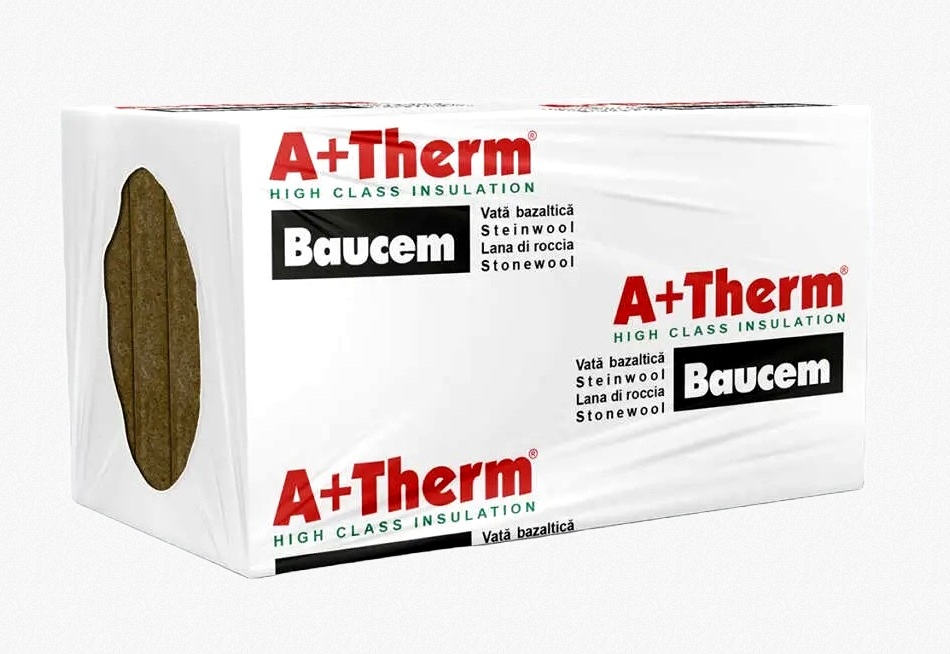Thermal, acoustic and anti-condensation building materials
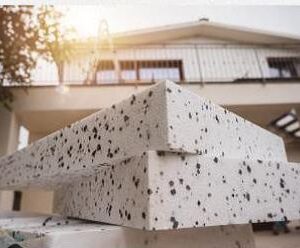
Expanded polystyrene
Polystyrene is a thermally processable (thermoplastic), amorphous or partially crystalline, poorly transparent, polymeric material. It is not an electrical conductor. It is made from styrene monomer, a simpler liquid hydrocarbon derived from petroleum. Polystyrene is one of the most widely used plastics, with a (significant) worldwide consumption of billions of kilograms per year
Technical details

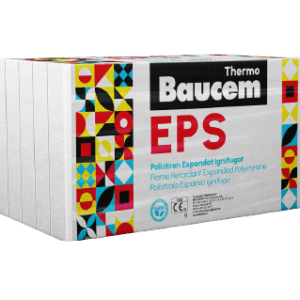
Products in this category
Expanded polystyrene BAUCEM EPS 50
Expanded polystyrene BAUCEM EPS 70
Expanded polystyrene BAUCEM EPS 80
Expanded polystyrene BAUCEM EPS 80 Strong
Expanded polystyrene BAUCEM EPS 80 Graphite
Expanded polystyrene BAUCEM EPS 100
Expanded polystyrene BAUCEM EPS 100 Graphite
Expanded polystyrene BAUCEM EPS 120
Expanded polystyrene BAUCEM EPS 150
Expanded polystyrene BAUCEM EPS 200
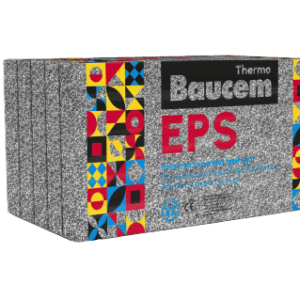
Graphited Expanded polystyrene
Polystyrene is a thermally processable (thermoplastic), amorphous or partially crystalline, poorly transparent, polymeric material. It is not an electrical conductor. It is made from styrene monomer, a simpler liquid hydrocarbon derived from petroleum. Polystyrene is one of the most widely used plastics, with a (significant) worldwide consumption of billions of kilograms per year
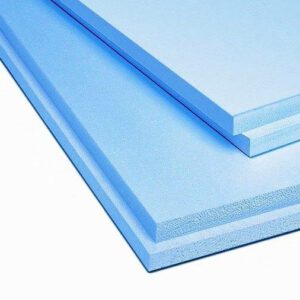
Extruded polystyrene
Polystyrene is a thermally processable (thermoplastic), amorphous or partially crystalline, poorly transparent, polymeric material. It is not an electrical conductor. It is made from styrene monomer, a simpler liquid hydrocarbon derived from petroleum. Polystyrene is one of the most widely used types of plastic, with (significant) worldwide consumption of billions of kilograms per year.
Technical details

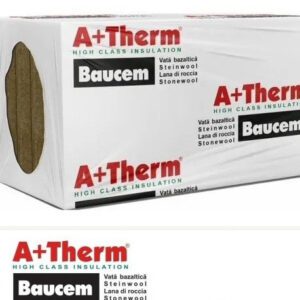
Mineral wool
Thermal insulation of a building can be achieved by insulating the walls on the inside or outside. Insulation in integral systems (ETICS) where the basalt is mounted in a multi-layer system that also has the role of supporting the outer layers (the washboard and decorative plaster), which are applied directly to the insulation layer.

